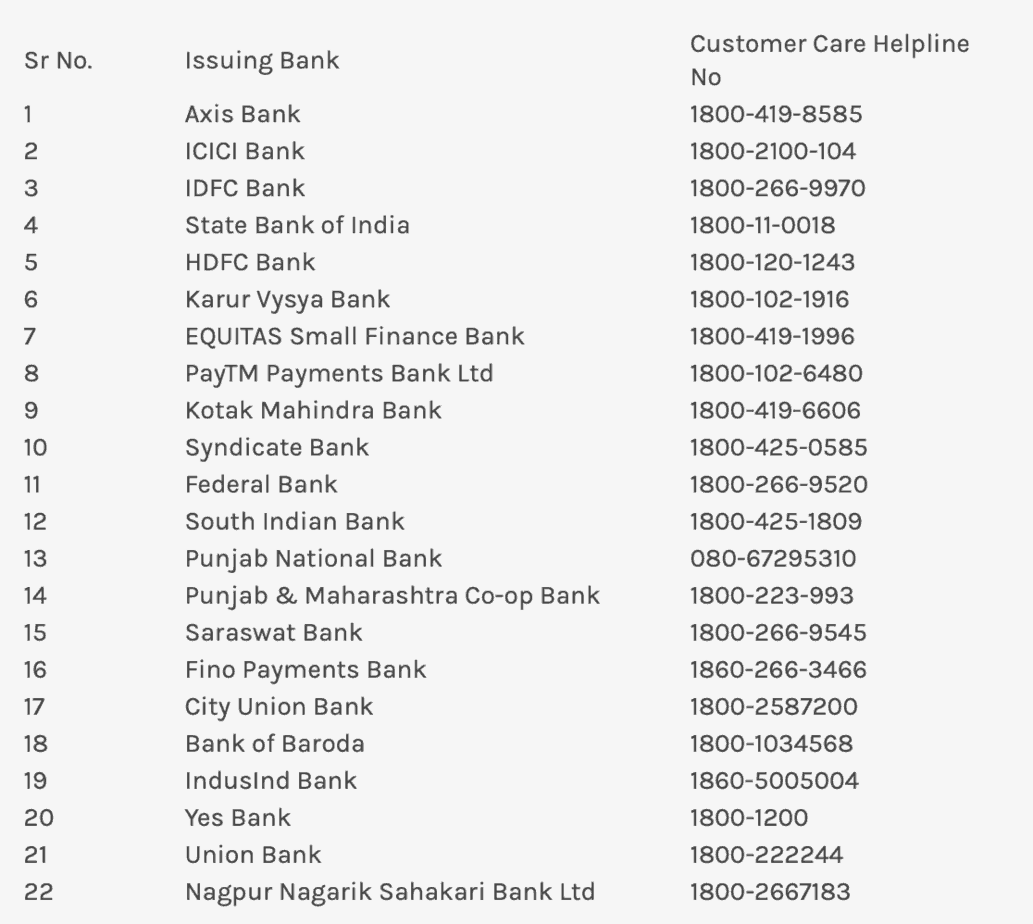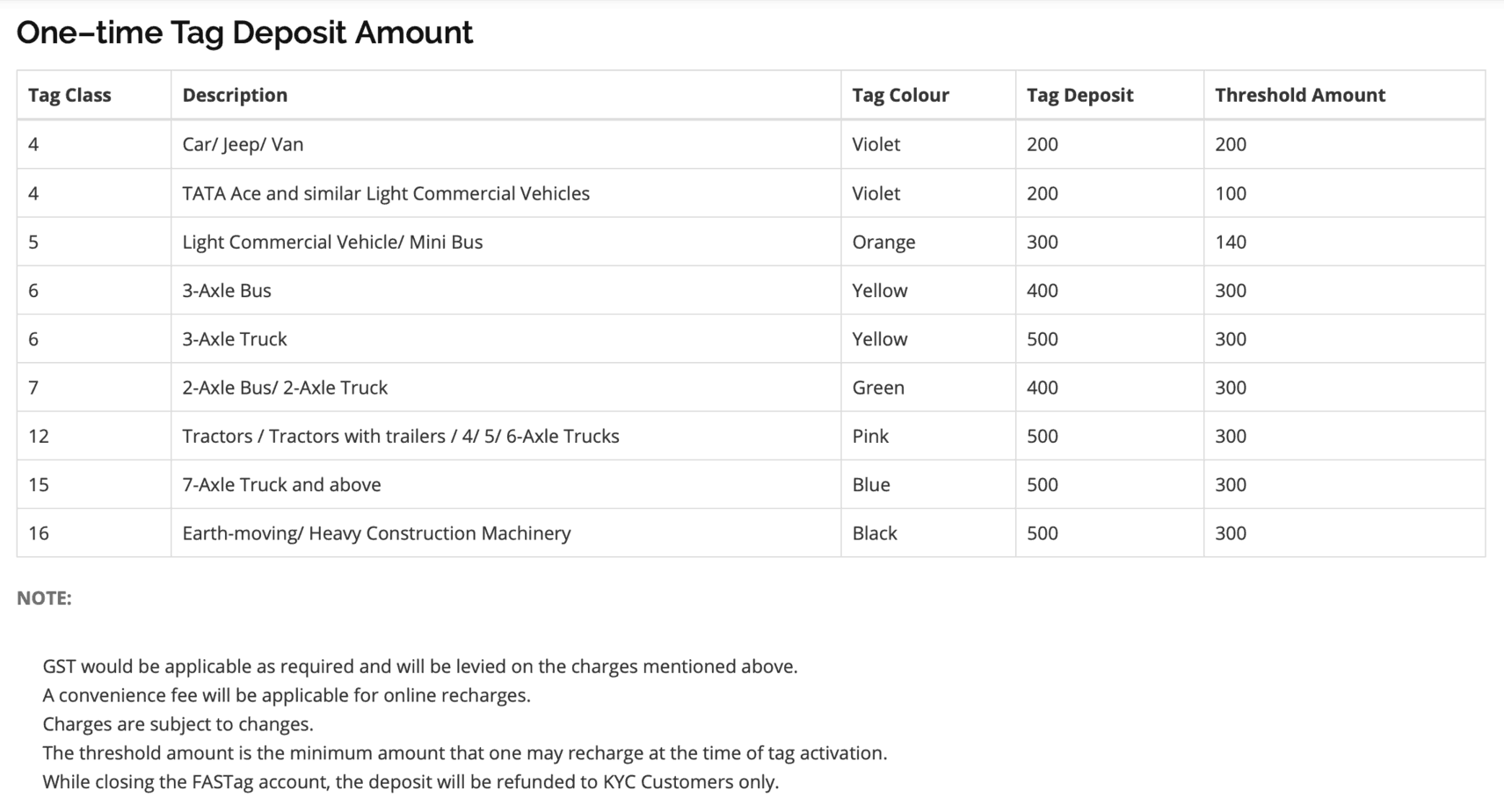The Ministry of Road Transport and Highways has made FASTag mandatory for all vehicles that currently pay toll, starting December 1, 2019. The nation-wide introduction of FASTag is part of the National Electronic Toll Collection Programme which aims to achieve cashless toll collection, fast movement of vehicles across toll plazas and reduction in congestion. The rollout of FASTags will be limited to National Highways and select state highways in the initial stage with all state highways expected to follow suit by March 2020.
What is FASTag and how will it work?
FASTag is a rechargeable prepaid vehicle tag that is radio-frequency identification (RFID) enabled; vehicles possessing the tag can just pass through toll plazas as they automatically scan the FASTag to collect toll digitally. Toll plazas across the country are said to have been upgraded with necessary arrangements to enable the automatic deduction of toll.
FASTag stickers are placed on the windshields of vehicles and detected by the toll plaza to collect toll through the mode of payment that is mapped to each FASTag. FASTag users will be provided a 2.5% cashback for 2019-2020 to incentivise more users to embrace the system.
In preparation for rollout of FASTag, the toll plazas in all national highways will have FASTag-enabled lanes. In the initial phase there will be one hybrid lane that allows for other modes of payment for over-sized vehicles but this lane will be phased out to make all toll plazas completely FASTag enabled.
The adoption of FASTag has been made mandatory for all vehicles from the start of December. Failure to procure FASTag before the deadline will result in vehicles that cross FASTag-enabled toll lanes without the tag to pay twice the amount as toll in cash as per the National Highway Fee (Determination of Rates and Collection) Rules, 2008.
How do you get FASTag?
If your vehicle was manufactured and sold after December 1, 2017, it comes pre-fitted with FASTag. Owners of older vehicles must obtain the FASTag and link a payment method to it.
There are two types of FASTags, bank-specific and NHAI FASTag.
Bank-specific FASTag These are issued by 22 banks at designated bank branches, toll plazas operated by the assigned banks and at common service centers. The FASTags are linked to a prepaid wallet provided by issuer banks. For the purchase of FASTags, vehicle-owners must submit:
-
- A copy of the Registration Certificate of the vehicle
- Two passport size photographs
- Other KYC documents necessary for address and ID proof such as PAN card, Voter ID, Driver’s License, Passport or Aadhaar
NHAI-FASTag These are bank-neutral, that is, they are not linked to any bank account on purchase and have to be activated after purchase from the designated point of sale. You can locate the nearest point of sale counter by visiting the website of IHMCL.
FASTag can also be purchased online through Amazon. At the time of activation, users must submit a copy of the Registration Certificate of the vehicle.
KYC documents are not necessary for bank-neutral FASTags as they will be linked to an existing bank account.
Activating FASTag
Once purchased, FASTags can be self-activated through the apps available for Android and iPhone in the respective app stores. (If you are getting a bank-specific FASTag issued, it will be automatically activated once the KYC formalities are completed.)
Download the app from your mobile app store, and through it, you will be guided to link your FASTag to your bank account; the vehicle number will be attached to it through the mobile app.
At present seven banks are live on the My FASTag app on Google Playstore and the accounts of only these banks can be linked through the purchase of NHAI FASTag. These seven banks are SBI, ICICI, AXIS Bank, HDFC Bank, IndusInd Bank, Paytm Payments Bank and Equitas SF Bank.
There is also the option of linking FASTag to the prepaid wallet of the National Highways Authority of India (NHAI). In case it is linked to this wallet, users must ensure that the wallet is recharged with the adequate amount to avoid defaulting on payment of toll.
Validity & Charges
FASTags have unlimited validity and can be used as long as they are readable at toll plazas. If the FASTag is unreadable due to wear and tear, users can reach out to the issuer banks or point of sale to obtain a fresh FASTag. Loss of FASTag must be immediately reported to the issuer bank or point of sale locations.
If you have more than one vehicle, each vehicle requires a separate FASTag.
There is an initial one-time user charge of Rs 100 deducted from the FASTag account during activation. A refundable security deposit will also be charged depending on vehicle type. The deposit will be refunded on closure of FASTag account.
A threshold amount which is the minimum amount to be recharged to activate the FASTag is prescribed for each vehicle type. A convenience fee will be charged for online recharge depending on payment method and bank.
Thereafter, deductions will be made depending in accordance with the charges specified for the particular toll plaza and the type of vehicle. Details of the same can be found here.
FASTag holders can visit the toll plaza or the associated bank to learn about the monthly pass scheme available if any and make payments accordingly.
Statement of toll deducted will be available to the user online.
For any queries or concerns, users may reach out to the NHAI helpline by dialling 1033.


A good and brief information about FasTag.